Sigma has published an update status regarding its full-frame Foveon X3 technology. Briefly, the development phases continue. Currently, Sigma tests a prototype of the Foveon X3 using a small image sensor. If it goes smooth, then Sigma will produce a final full-frame prototype.
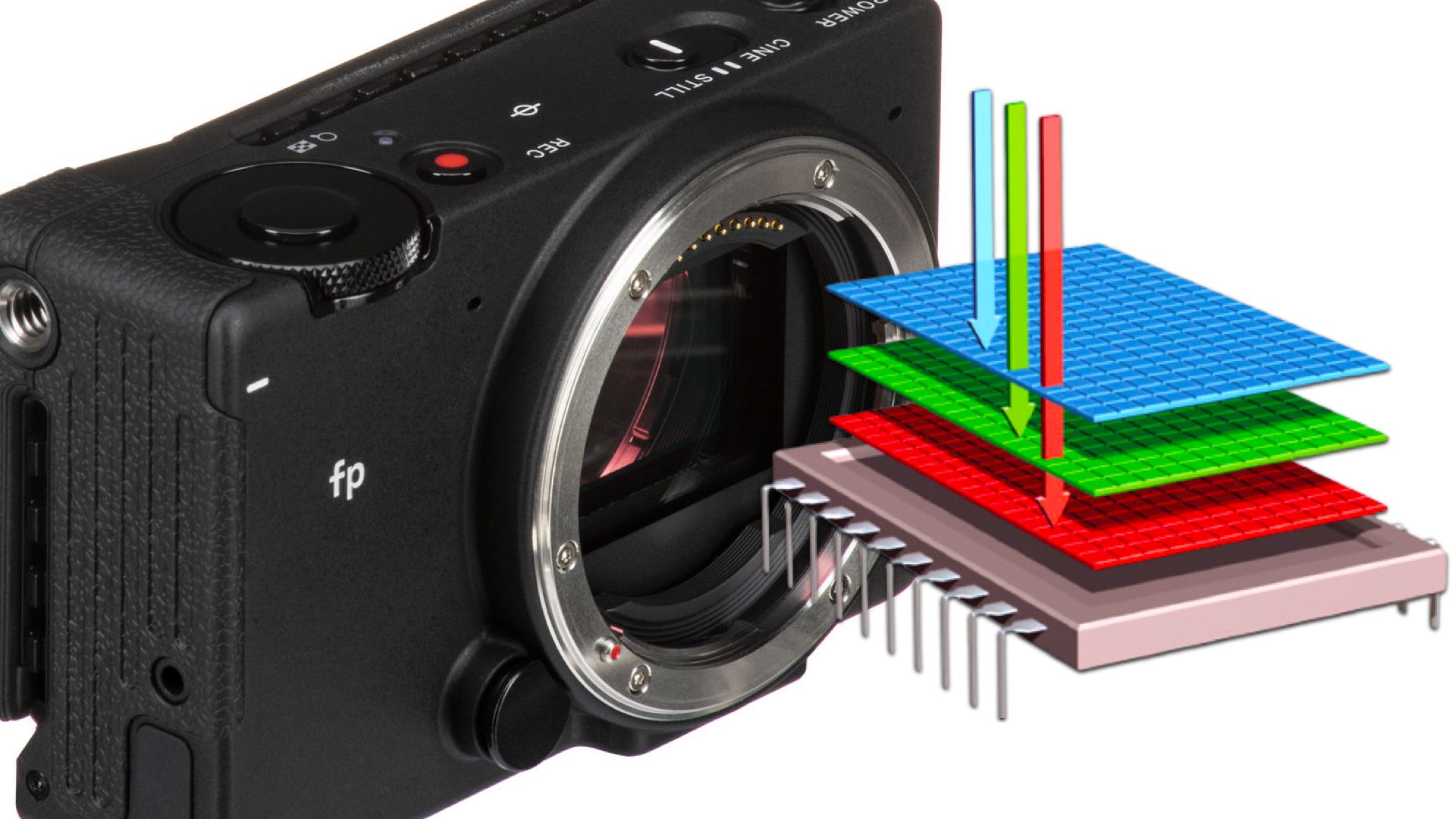
The ‘Foveon’ concept & Sigma
Foveon made history when it developed and patented the world’s first three-layer image capture technology, placing a stack of RGB pixels in each pixel location. As a result, Foveon sensors detect all three primary colors in every pixel location, producing images that are sharper and have significantly reduced image artifacts compared to competing image sensor technologies. In 2008, Sigma Corporation has acquired 100% Foveon Inc. Thus, Foveon has been continuing its sensor development writhing Sigma which stated back then: “The acquisition of Foveon will not only enhance the development of new types of image sensors for high-quality digital cameras but will also create a synergistic effect with Sigma’s camera and lens business by improving the integration between the camera and sensor. This will result in camera products which will uniquely meet the widely ranging functional and image quality needs of demanding photographers”. However, a year ago, Sigma CEO announced that the company was facing serious issues regarding the manufacturing process which caused significant delays. Nevertheless, now Sigma is updating the development status again. Read it below.
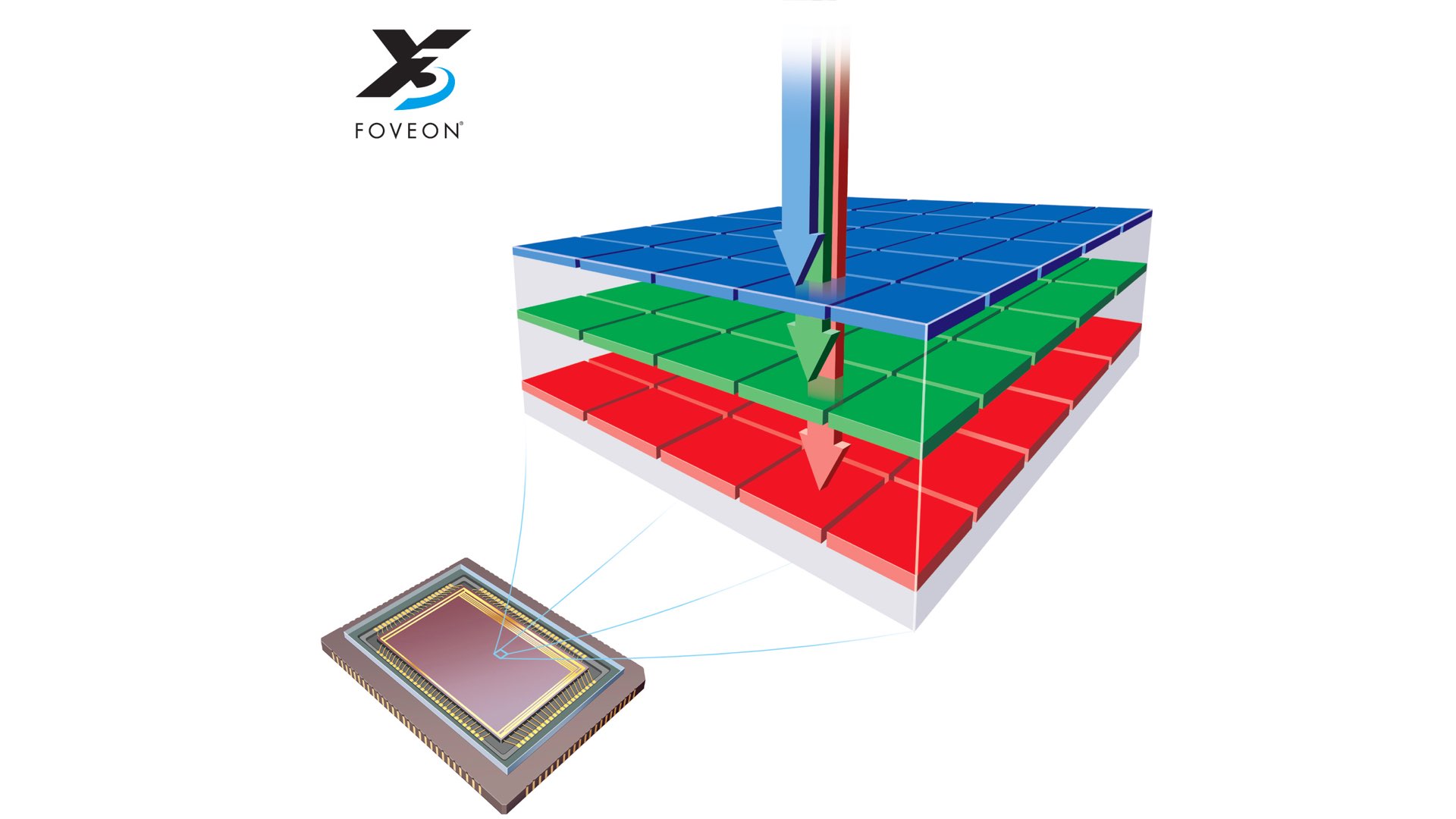
Mimicking film
Foveon’s unique sensor design captures red, green, and blue light at each point in an image during a single exposure. To achieve this, Foveon sensors take advantage of the natural light-absorbing characteristics of silicon. Light of different wavelengths is absorbed in different depths in the silicon — blue photons are absorbed near the surface, green photons in the middle, and red photons are absorbed deeper in the material, just like film cameras capture light. Foveon’s unique approach to image sensors has created a new way to capture digital images. The advantages of capturing all three colors with three pixels at each location on the sensor array come in the form of superior image quality and sharpness, as well as in the form of cost savings due to the ability to use less silicon area to achieve the required performance for a given imaging application.
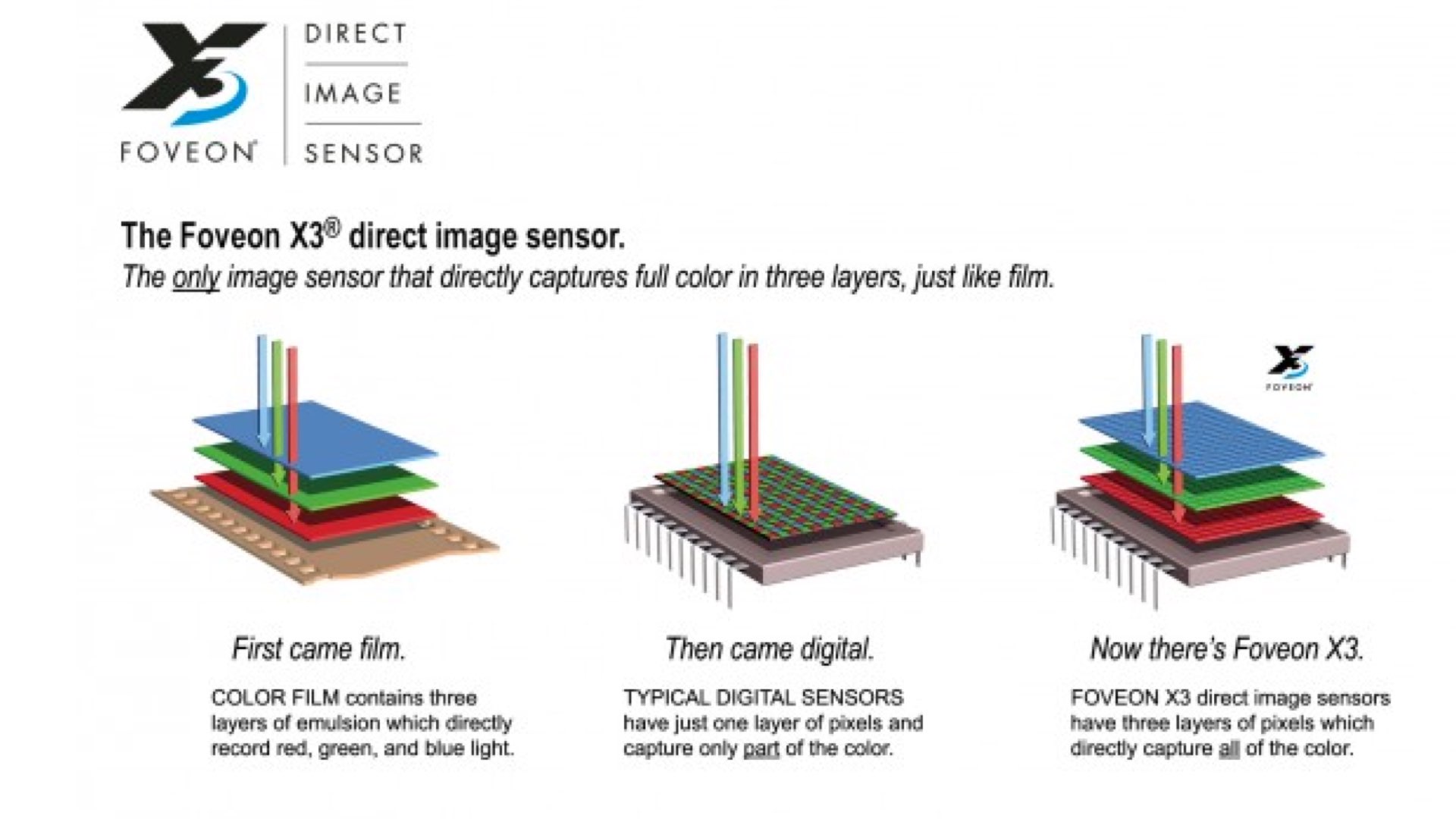
Repeated design simulations of the new three-layer structure to confirm that it will function as intended, then Prototype evaluation using a small image sensor with the same pixel size as the product specifications but with a reduced total pixel count to verify the performance characteristics of the image sensor in practice, and lastly, a final prototype evaluation using a full-frame image sensor with the same specifications as the mass products including the AD converter, etc.
Kazuto Yamaki – Chief Executive Officer, SIGMA Corporation
Foveon X3 Technology’s main challenges: Manufacturing
X3 sensors make use of many of the same manufacturing techniques that traditional sensors use, however, the key differences relate to the implementation of color sensitivity. Traditional image sensors start as monochrome devices and are then converted to color sensing devices through a series of masking, deposition, and etching steps that involve the use of some type of organic or plastic color filter material. The exact number of steps varies from manufacturer to manufacturer, but in general, a minimum of 3-5 steps will be required to achieve a 3-color device (Reference: Richard M. Turner and Rudolph J. Guttosch. Development Challenges of a New Image Capture Technology: Foveon X3 Image Sensors).
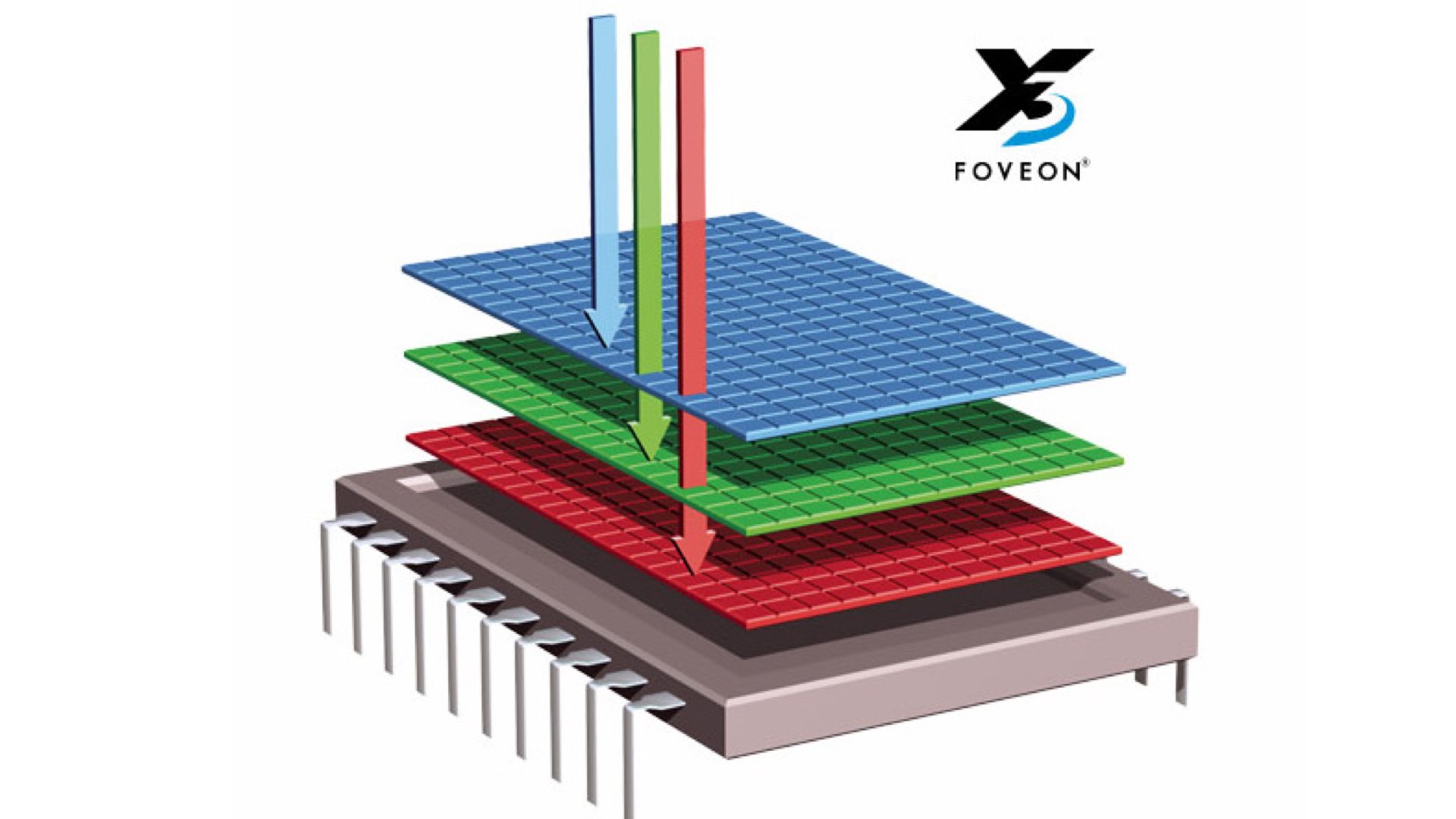
Development status of the three-layer image sensor
The development status was published today by Sigma, as stated below:
“The development of the three-layer image sensor is currently underway with the strong leadership of SIGMA’s headquarters in collaboration with research institutes in Japan. The stages of development can be roughly divided into the following:
- Stage 1: Repeated design simulations of the new three-layer structure to confirm that it will function as intended.
- Stage 2: Prototype evaluation using a small image sensor with the same pixel size as the product specifications but with a reduced total pixel count to verify the performance characteristics of the image sensor in practice.
- Stage 3: Final prototype evaluation using a full-frame image sensor with the same specifications as the mass products including the AD converter etc…
Sigma further elaborates: “We believe that these three stages are necessary for the development, and we are currently in the process of creating the prototype sensor for Stage 2. Based on the evaluation results of the prototype sensor, we will decide whether to proceed to Stage 3 or to review the design data and pre-prototype ‘Stage 2’. When we proceed to Stage 3, we will verify the mass-producibility of the sensor with research institutes and manufacturing vendors based on the evaluation results, and then make a final decision on whether or not to mass-produce the image sensor. Although we have not yet reached the stage where we can announce a specific schedule for the mass production of the image sensor, we are determined to do our best to realize a camera that will truly please our customers who are waiting for it, as soon as possible. Once again, I would like to thank all of you for your continued support of SIGMA. We will continue to strive for technological development to meet your expectations and trust. Kazuto Yamaki – Chief Executive Officer, SIGMA Corporation”.
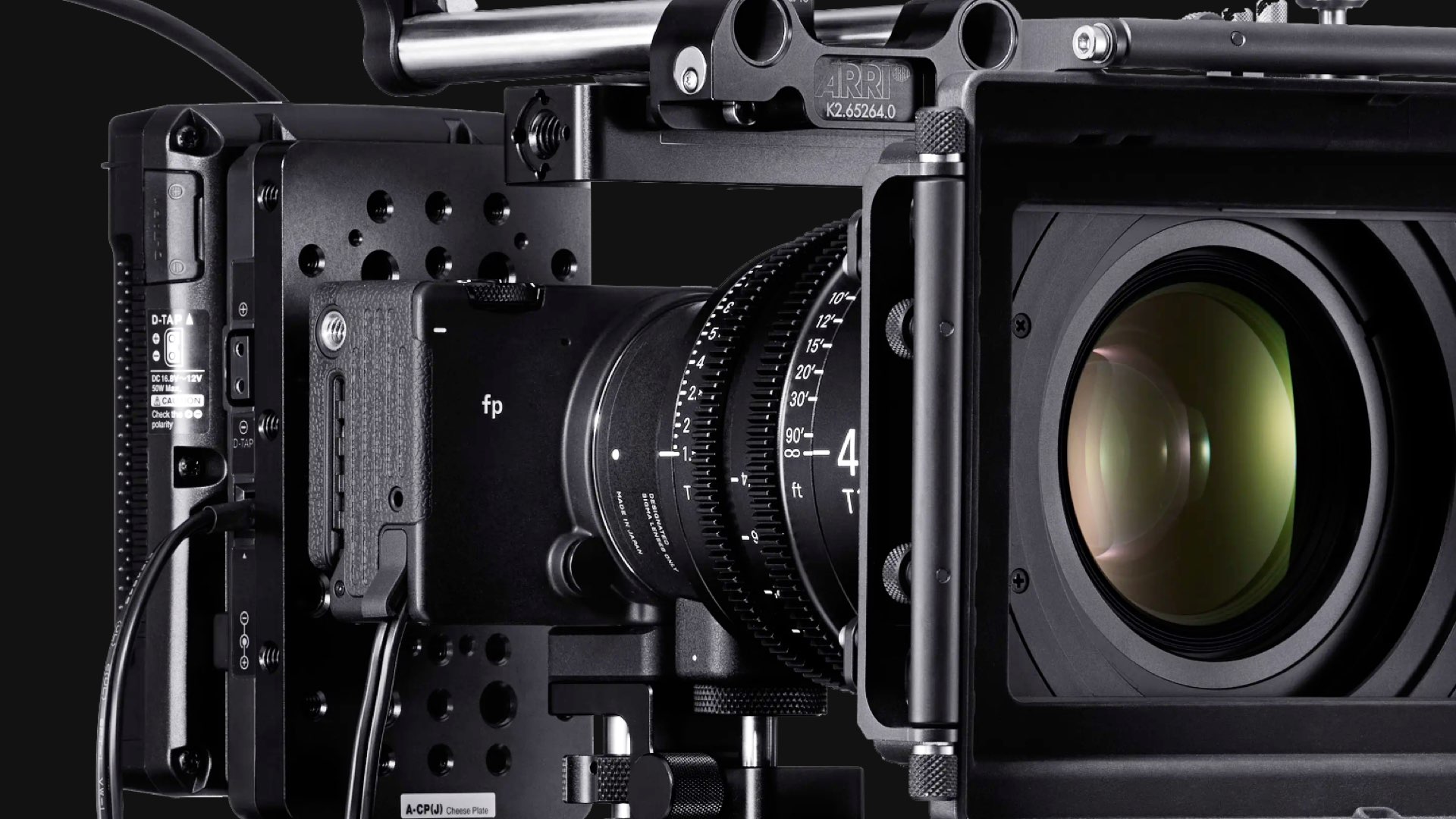
Summary
It seems that Sigma is testing the worthwhileness of developing the Foveon X3. Sigma does not want to make promises. There’s no guarantee that a Foveon X3 FF camera will be developed eventually. However, the process of R&D goes by the book (according to the press release). If it goes well, then there’s a chance we’ll see a full-frame 3-layer image sensor camera in the near future.
Product List
Here’re the products mentioned in the article, and the links to purchase them from authorized dealers.
- Sigma fp L Mirrorless Camera
- Sigma fp L Mirrorless Camera with EVF-11 Electronic Viewfinder

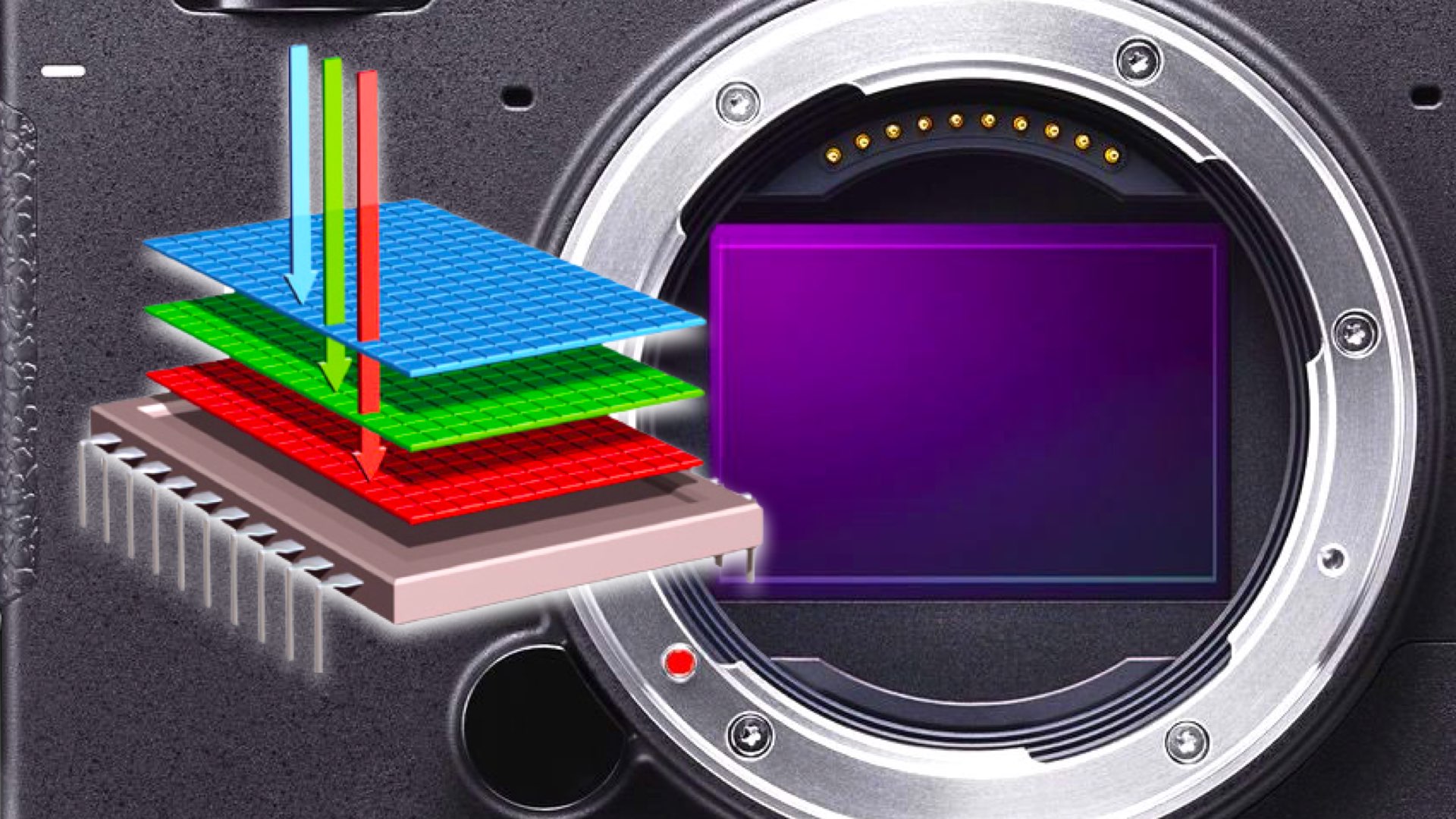

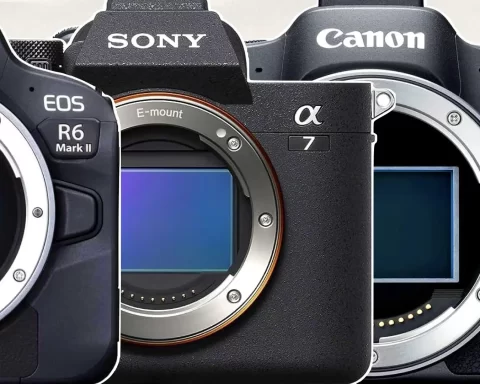

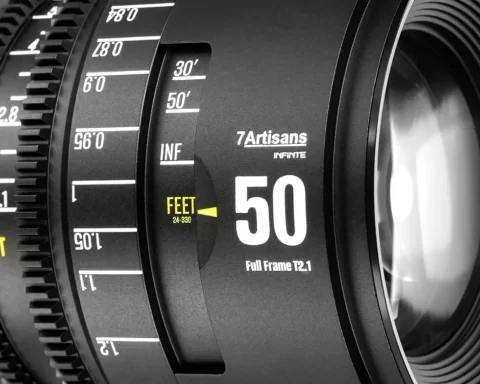
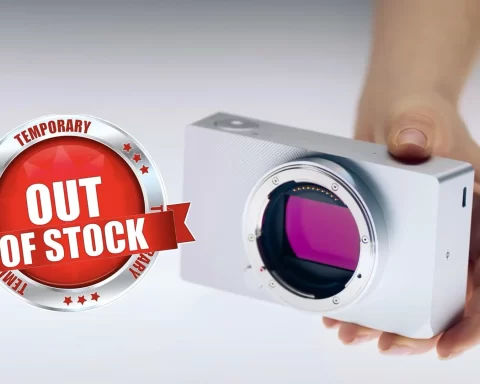


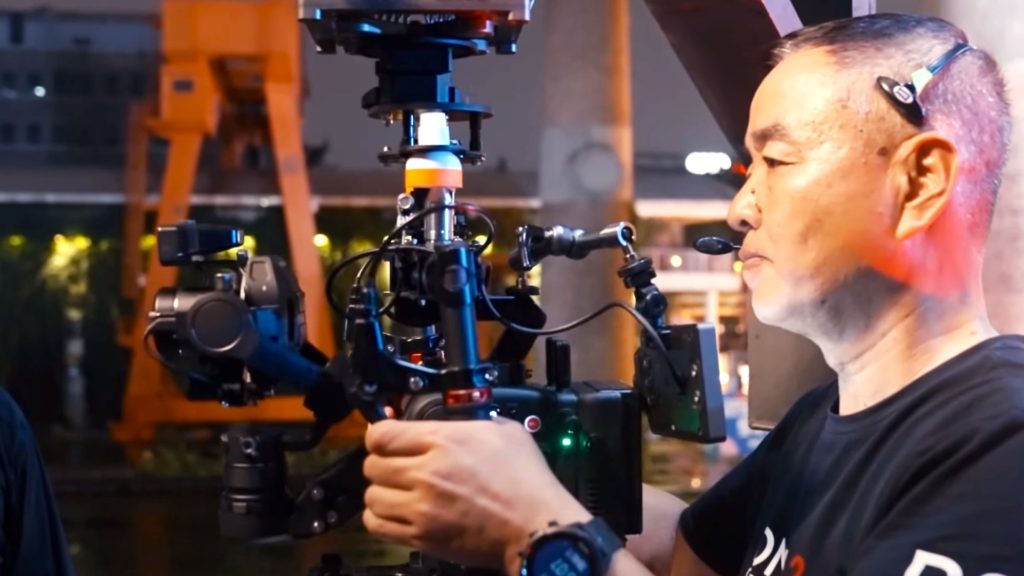
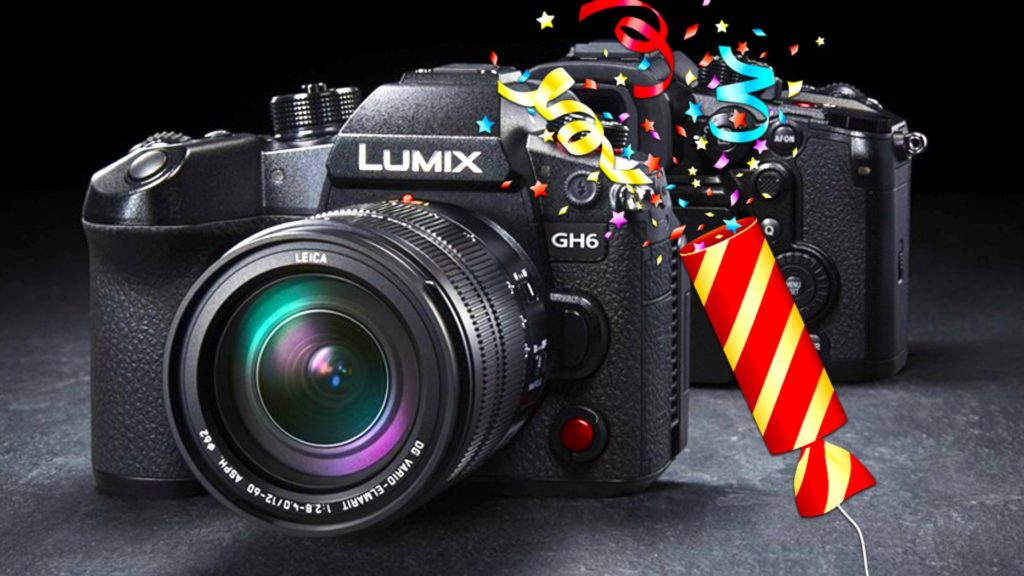
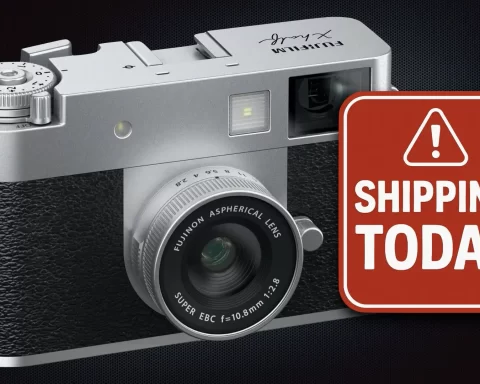
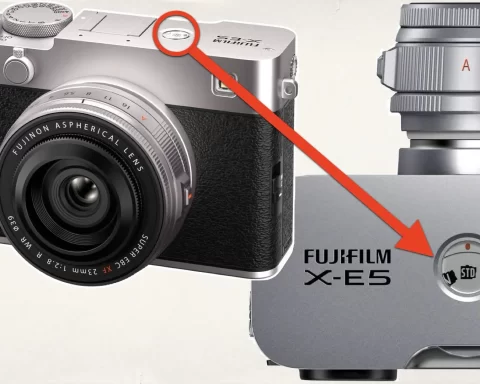
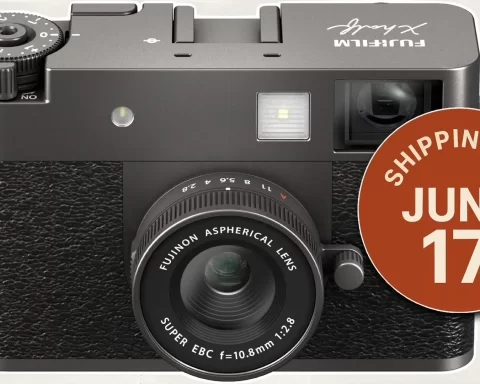
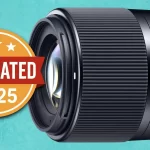

Advanced Technology! As technology advances, the consumer benefits. I’m rooting for a HUGH win for Sigma. This could shake up (wake up) a few manufactures (competitors)!
Agreed. As a medium format shooter, nothing gives me as much satisfaction as the files from my SD Quattro H. A full frame Foveon will be a game changer.